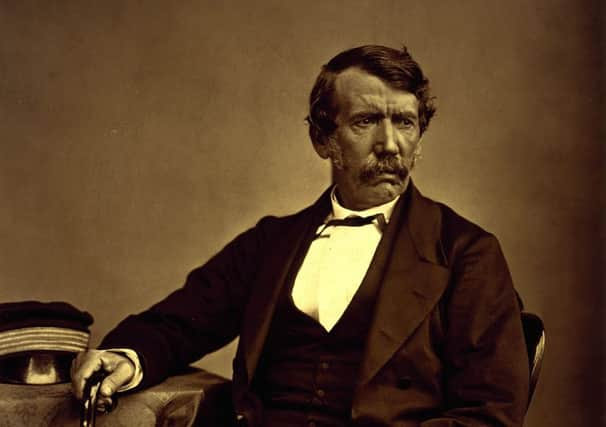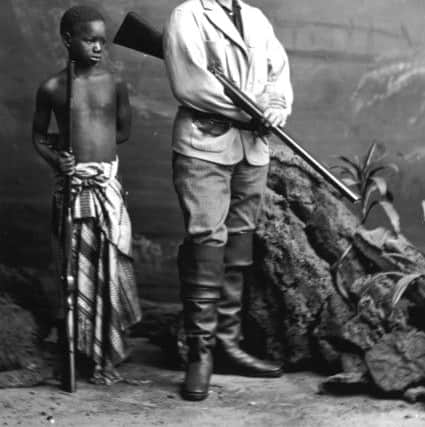On this day: Dr David Livingstone found in Africa


It was near Lake Tanganyika that Stanley, dispatched by the New York Herald to locate Dr Livingstone, found his man.
Dr Livingstone had been on the move for almost six years after mounting an expedition to discover the source of the Nile River in January 1866.
Advertisement
Hide AdAdvertisement
Hide AdLittle had been heard from the explorer and missionary with large-scale speculation he had been held captive, was lost or dead.


With Dr Livingstone reaching the status of national hero, it took US newspaper publisher George Bennett to commission the search for Blantyre’s most famous son.
READ MORE: Meeting Dr David Livingstone’s descendants
Stanley, who was born in Wales but left from the US on a merchant ship when he was 15, led an expedition of more than 100 men to find Dr Livingstone, with vast numbers of men dying along the way.
He had been searching for almost eight months when he found the explorer in the small lakeside village of Ujiji.


In an account of his discovery, he describes how he came across a “white man with a grey beard” who was pale, wearied and wearing a bluish cap with a faded gold band, a red-sleeved waistcoat and a pair of grey tweed trousers.
Stanley wrote: “I would have run to him, only I was a coward in the presence of such a mob, - would have embraced him, only, he being an Englishman, I did not know how he would receive me; so I did what cowardice and false pride suggested was the best thing, - walked deliberately to him, took off my hat, and said, ‘Dr. Livingstone, I presume?”
Stanley brought much-needed food and medicine, and Dr Livingstone soon recovered. However, the journalist was unable to convince the explorer to leave Africa.
Advertisement
Hide AdAdvertisement
Hide AdTogether, the pair ventured to the northern reaches of Lake Tanganyika and Unyanyembe, 200 miles east of the village where they met.
Stanley left for England on March 14 1872 and Dr Livingstone, despite a further downturn in his health, continued to explore the Lualaba before returning to Lake Bangweulu to search for connecting waterways.
In May 1873, at Chitambo in what is now northern Zambia, Livingstone’s African servants found him dead, kneeling by his bedside as if in prayer.
